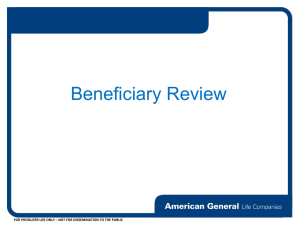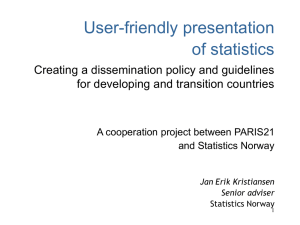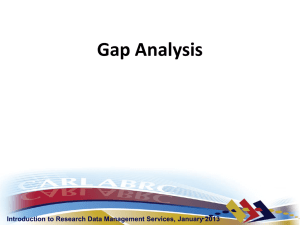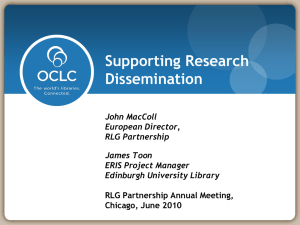new digital media
advertisement
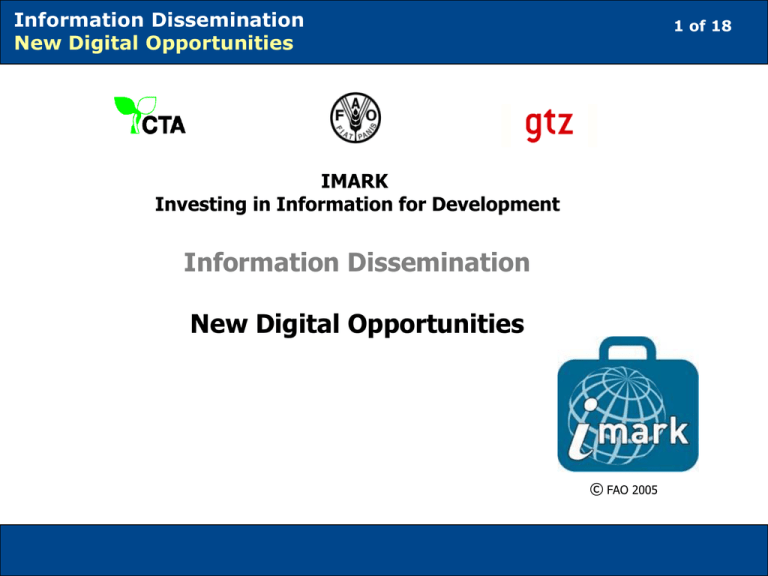
Information Dissemination New Digital Opportunities 1 of 18 IMARK Investing in Information for Development Information Dissemination New Digital Opportunities © FAO 2005 Information Dissemination New Digital Opportunities Learning Objectives At the end of this lesson you will: be aware of the relationship between audience, content, format and media; identify the advantages and disadvantages of digital media for information dissemination; recognize some of the issues involved in converting existing print materials to digital formats, and in creating new digital content. 2 of 18 Information Dissemination New Digital Opportunities 3 of 18 Introduction If you wish to improve your information services by taking advantage of the new information technologies, some of the key questions to ask are: SHOULD WE GO DIGITAL OR NOT? What are the issues to consider for making this choice? Do we have the budget to cover all the related costs? Information Dissemination New Digital Opportunities 4 of 18 Relationship between audience, content, format and media To answer, it is important to remember that: AUDIENCES’ NEEDS DETERMINE CONTENT, FORMAT, AND MEDIUM Therefore, your products and services must: provide content that your audience(s) want and need (text, data images). be presented in formats that your audience(s) can understand. be in media which your audience(s) can access. Information Dissemination New Digital Opportunities 5 of 18 New digital approaches Once you have made sure that your content is aligned with your audience(s), you should find out the ways to disseminate it effectively. You should: • know the range of media available, their potential, their requirements and their drawbacks; then, • make sure that the medium you choose suits your audiences’ needs. Information Dissemination New Digital Opportunities 6 of 18 New digital approaches Here are a few examples of various types of traditional products and services that can be offered in digital media: News services Reference works Periodical publications Corporate document collections Management information systems Information Dissemination New Digital Opportunities 7 of 18 Advantages of digital media Before making a decision, you must evaluate the advantages and disadvantages of each of the available digital technologies. Here are some of the advantages: VERSATILITY INCREASED STORAGE CAPACITY INTERACTIVITY INCREASED FLOW OF INFORMATION COSTEFFECTIVENESS REDUCED DELIVERY TIME Information Dissemination New Digital Opportunities 8 of 18 Disadvantages of digital media And here are some disadvantages of digital media, which should be taken into account: EASE OF REPRODUCTION TRAINING OF STAFF NEED FOR UPGRADES HIGH INITIAL AND MAINTENANCE COSTS RE-DEFINITION OF ROLES Information Dissemination New Digital Opportunities 9 of 18 Several options Once you have made the decision to use digital media, you have several choices: to repackage old content; to create new content in the selected digital format(s); or In most cases, you will have to choose both options. Information Dissemination New Digital Opportunities 10 of 18 Repackaging old content When you decide to repackage old information, there are three main large categories of issues to consider: 1. SELECTION CRITERIA 2. STAFF-RELATED ISSUES 3. GENERAL COSTS Information Dissemination New Digital Opportunities 11 of 18 Repackaging old content: selection criteria How do you select the documents to be put in digital format? Here are some useful criteria: Validity of information Volume of information Appropriateness to your audience’s needs and abilities Ability to repackage in different ways Information Dissemination New Digital Opportunities 12 of 18 Repackaging old content: staff-related issues Does your organization have enough trained personnel to manage a conversion process? It is important to consider: How will the process be organized? Who will be in charge? What will be the roles of your current publications officers, librarians, and computer services staff? Information Dissemination New Digital Opportunities Repackaging old content: costs Do you have the budget required for: equipment (e.g. scanners, computers and storage devices); software (for scanning, Optical Character Recognition, word processing, spell-checking, image management); human resources (staff time and skills); the intended size of the project? 13 of 18 Information Dissemination New Digital Opportunities 14 of 18 Repackaging old content The typical steps to repackage old content in digital format are: 1. Select the documents to be included in your digitising scheme 2. Secure copyrights permissions 3. Scan and process into machine-readable form the hardcopies which are not in digital format 4. Convert the documents to a suitable format (HTML or MS Word) integrating text and images 5. Tag the chapters, paragraphs and images of the digital documents to enable the different parts of a document to be independently selected and displayed. 6. Organize the digital documents into a structured digital library assigning metadata (such as keywords, subject categories, etc) 7. Build the digital library or collection into your in-house library database 8. Distribute the documents either on diskettes and/or CD-Rom and/or the web Information Dissemination New Digital Opportunities 15 of 18 Create new content in digital format Your organization probably already creates much of its new content in digital formats. Most of the issues to keep in mind in this case, are similar to the ones we have already considered: information quality, staff, and costs. Information Dissemination New Digital Opportunities 16 of 18 Create new content in digital format Here is a basic outline of the production process for a digital document: 1. Define the final output medium of your digital documents 2. Define standards that should be consistently applied in-house. 3. Identify the necessary software and other tools that your staff need in order to apply these standards, manage the workflow, and ensure efficient storage/access/search. 4. Specify the key roles of the various staff/team members in charge of the various tasks in your workflow. Information Dissemination New Digital Opportunities 17 of 18 Conclusions To conclude, let’s review the basic steps for the design and implementation of a dissemination plan: Analysis of the information needs of your various audiences. Assessment of your current products/services and your dissemination services. Examination of the market, with particular focus on competitors and partners. Understanding the relationship between audiences, content, digital formats, and digital media. Setting priorities. Assessing costs and benefits. Information Dissemination New Digital Opportunities 18 of 18 Summary Audiences’ needs determine content, format and medium. This is particularly important when deciding the appropriate dissemination method. There is a full range of new digital media for information dissemination. In order to make a choice, you need to know not only the potential, but also the requirements and the disadvantages of each medium. Once you have made the decision to go digital, you may have : A) to repackage old content; B) to create new content in the selected digital format(s). In both cases, you should consider three areas of analysis: A) selection criteria; B) staff-related issues; C) general costs. Also, it is important to notice that the process of creating a document has changed, and therefore changes have to be introduced in the production workflow.
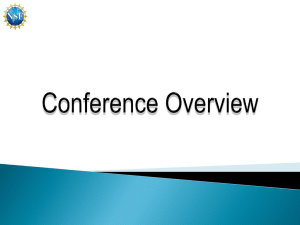



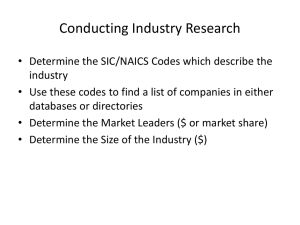
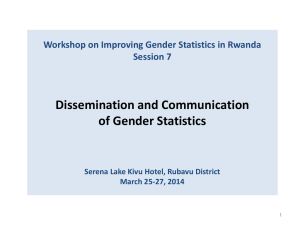

![Evidence based interventions (EBI)[1]-20111018](http://s2.studylib.net/store/data/005427921_1-e4102d7511bf468ef71a4cef5128c7b0-300x300.png)
